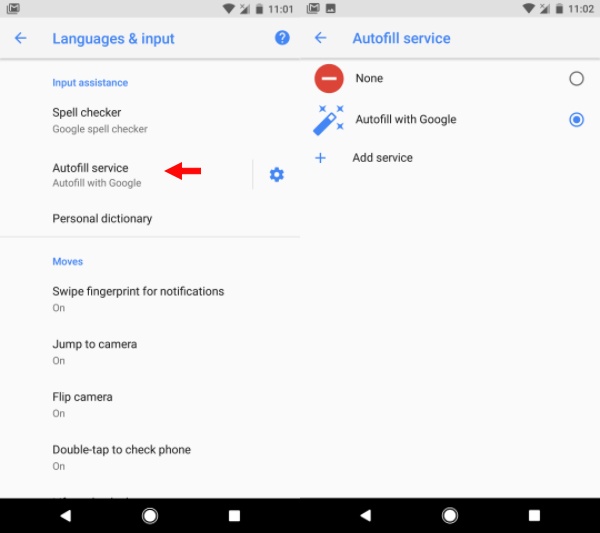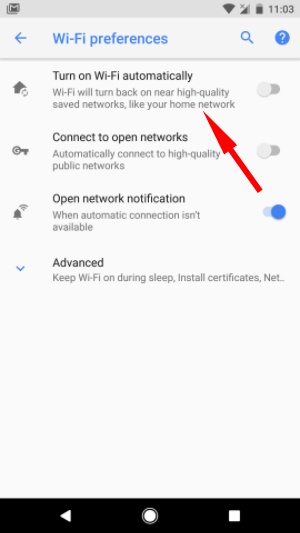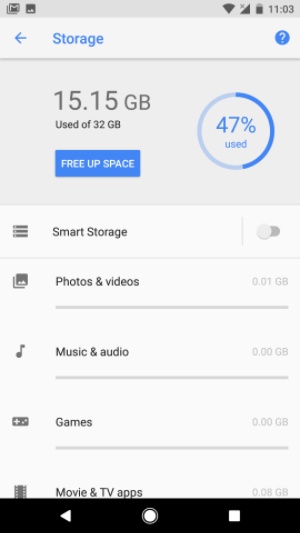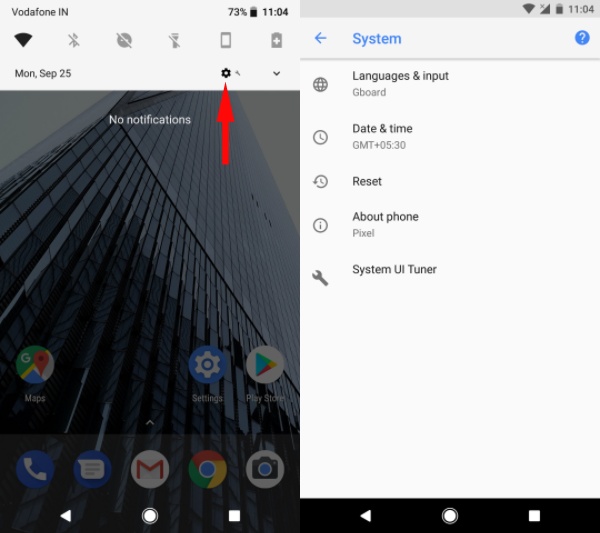12 Android Oreo Hidden Features You Can Try
by islam ahmed
The new Autofill framework allows the Android system to save and suggest autofill data after analyzing the content on your screen. You configure Autofill by visiting Settings > System > Languages & input > Advanced > Autofill service.
Autofill with Google is the default service you’ll find on Android O. However, other capable apps like password managers can also use the Autofill framework.
To manage Autofill with Google (or any other service you have selected), you can tap the gear icon next to Autofill service. The default Autofill with Google sources data like personal information, addresses, saved passwords from your Google account.
9. Turn on WiFi automatically
Adding to the automatic capability of Android O, Google has introduced a toggle button called “Turn on WiFi automatically.” When this Android Oreo feature hidden in the WiFi settings is enabled, Android ties a saved WiFi network to the GPS coordinates. So, every time you’re near that network, the WiFi on your device would be turned on automatically to connect to the saved network.
The feature doesn’t work in case you have turned off the location service, or your device is running on battery saver mode.
10. Easy ways to clear storage on Android O
The Storage section in the Settings app has been updated to provide a categorized view of the apps consuming space on the device. The categories which existed in earlier Android versions were general and didn’t deliver that level of ease.
Smart Storage is an existing feature that complements the revamped storage section. It automatically deletes photos and videos from your device when the storage is almost full. This happens only to the files which have been backed up to Google Drive.
11. Get rid of Android boot loops
Android users aren’t unaware of random system crashes and devices going in endless boot loops. Rescue Party is a literally hidden feature included in Android Oreo that helps the device get through such situations.
“Android 8.0 includes a feature that sends out a “rescue party” when it notices core system components stuck in crash loops,” Google writes.
“Rescue Party then escalates through a series of actions to recover the device. As a last resort, Rescue Party reboots the device into recovery mode and prompts the user to perform a factory reset.”
12. System UI Tuner
The System UI Tuner is a somewhat official answer to rooting which is mainly done by users to make customizations to their Android devices.
Arrived with the release of Marshmallow, although it can’t match the benefits of rooting, SystemUI Tuner allows you to do various things like removing the app icons from the status bar for WiFi, Bluetooth, Battery, etc. However, the features would still work as they are intended.
You can enable SystemUI Tuner by tapping and holding the gear button (until you feel a vibration feedback) in the Notifications shade. Do the same thing to disable the feature. When turned on, you can access it in Settings > System.
On Android Oreo, System UI tuner received a bunch of changes. But the thing is the options present there are experimental; Google adds and deletes on time to time basis.
We’ll try to add more things to our Android Oreo hidden features list in the future. Meanwhile, if you have something to suggest, drop your thoughts in the comments.
What about Android P?
While Google hasn’t revealed much, it’s known that Android P is internally codenamed “Pistachio Ice Cream“. Only guesses can be made about its official name. The mobile operating will arrive with privacy feature to prevent evil apps from covertly recorded audio and video clips. Also, it would support devices multiple with multiple displays and form factors.
Android P or Android 9.0 is the next major Android that could see its release in the coming weeks in the form of the first developer preview. It goes without saying that Google would stuff some secret features in P also.





No comments:
Post a Comment